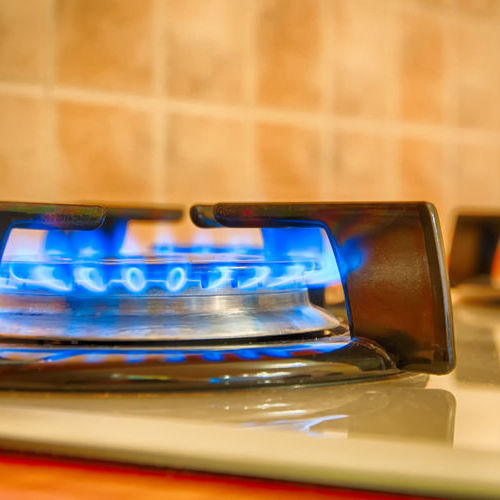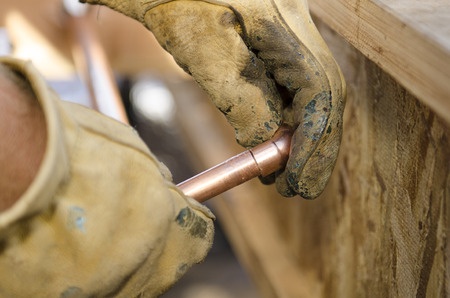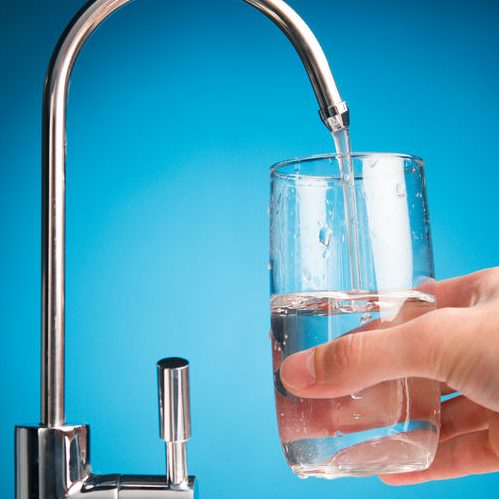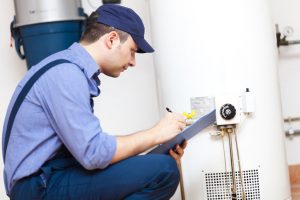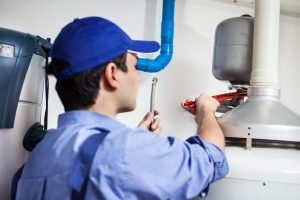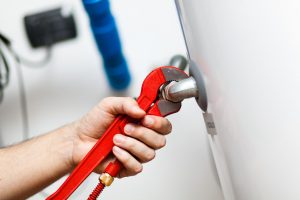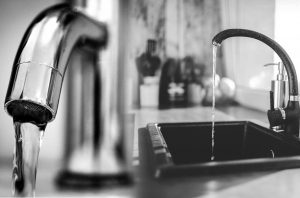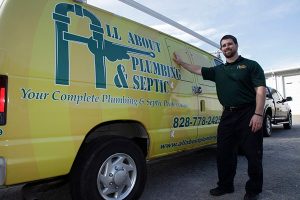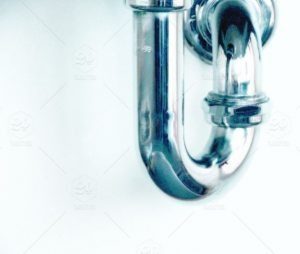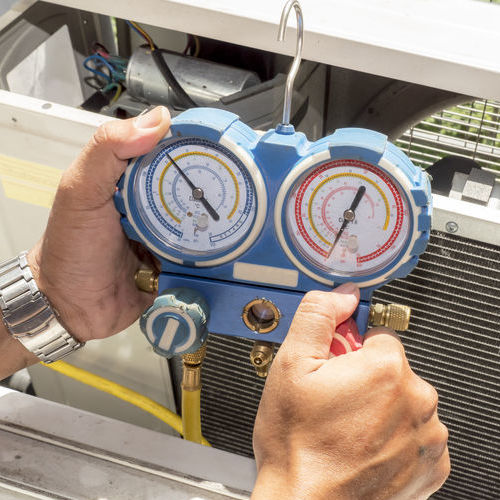
AC Units and Your Home
With summer in full swing here in North Carolina, the last thing any homeowner wants is a faulty AC system. Regular maintenance can help prevent failures, but sometimes there are outside sources that can prevent your system from operating normally. When that happens, you need options for keeping your home cool. You can easily go out and purchase a fan, but what about single indoor units or even a window air conditioner? For that, you need a reliable HVAC company to turn to. All About Plumbing & Septic has several years of experience with air conditioner repair and maintenance. More than that, we have experience with the top brands that manufacture all kinds of AC units and systems. For more questions about an air conditioner in Hendersonville, Mills River and Asheville, NC, give us a call. We’re available right now at 828-778-2425.
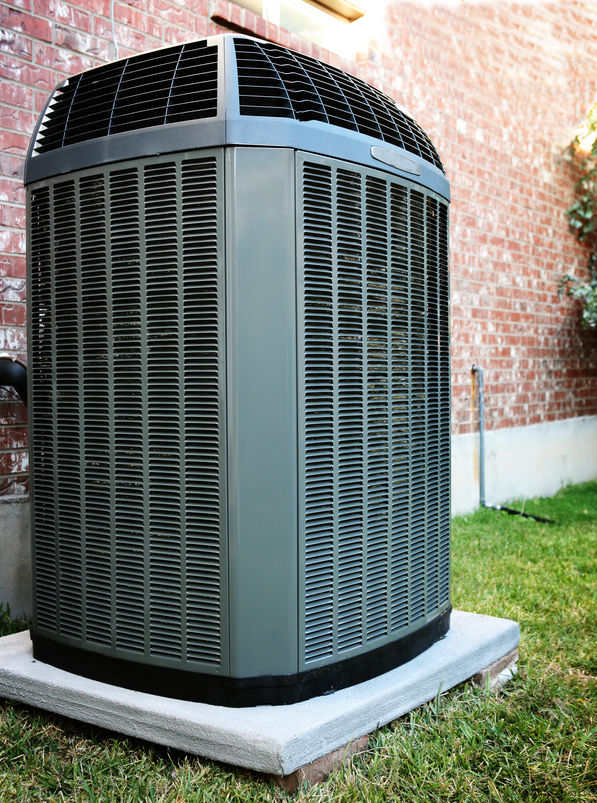
What is the Best Air Conditioner Brand?
There is a lot of speculation about which is the best AC brand and type for homes. You may be debating between a central air unit or a window AC unit. Or you may just be debating between an air conditioner or fan. When it comes to comparison, the central air conditioner will seem like way too much money, but there are several things to remember.
A central AC unit is a long-term investment. While it may be expensive initially, there are many energy efficient options that can help save you money in the long run. A window AC unit, or even an air conditioner inside unit, is great for how inexpensive it is and how well it can cool one room at a time. But those units are often short term solutions and aren’t always designed to be used for long periods of time. That is specifically true of window units.
Air conditioner units, like a central AC system, are ultimately meant to cool entire homes. The window units are meant to cool individual rooms. Fans are meant to help circulate air preventing cool air from settling. What you need will be dependant on what you can afford and what your home truly needs. When your air conditioner is not working, a fan or a window unit may be a perfectly reasonable short term solution. But your central AC system will need to be repaired or replaced. So what are the best AC units?
Types of AC Brands
As many homeowners know, there are several brands and air conditioner options on the market. That many options can make it difficult to narrow down which the best for your home and your needs. There are, of course, window air conditioner units as well as options like an air conditioner with dehumidifier properties, if that is something you need.
- Carrier
- Maytag
- Rheem
- Trane
- Lennox
- Goodman
- York
- Westinghouse
These are a few of the top brands that manufacture several kinds of air conditioner units. You may be drawn to a brand like Maytag because of how long it has been on the market, but brands like Carrier and Rheem are often the most recommended by HVAC companies. These brands provide a variety of necessary options with quality products that are proven to be lasting and durable. What’s important with AC systems is to have quality ventilation throughout your home. That also includes your soffit and fascia. Without proper ventilation, your AC system actually won’t be able to operate efficiently which can hike up your energy bills. Make sure you are scheduling regular soffit and fascia repair.
Frequently Asked Questions
- How do I choose an air conditioner?
- Determine the square footage of the space you want cooled by multiplying the length by the width. That will tell you the size unit you’ll need. It’s also helpful to know the BTU (British Thermal Unit) which will tell you how much heat the unit can remove from the room.
- Is it cheaper to run a window air conditioner or central air?
- Window units will always be cheaper, but they are also only meant to be a short term option. Central air units are comparatively more expensive, but that is not taking into consideration the longevity of a central unit versus a window unit. Long term, central air will usually end up being cheaper.
- Which uses more electricity window unit or central air?
- Again, central air units are going to use more energy, but they are also designed to cool larger spaces like entire homes. Window units will consume and use less energy, but they are also only designed to cool solitary spaces, like single rooms.
- How long do AC units last?
- The industry standard life-span for an air conditioner is about 10-15 years. That being said, if it is properly maintained, your AC unit could last 20+ years. Newer AC units have longer life-spans, but that is dependent on regular maintenance and upkeep.
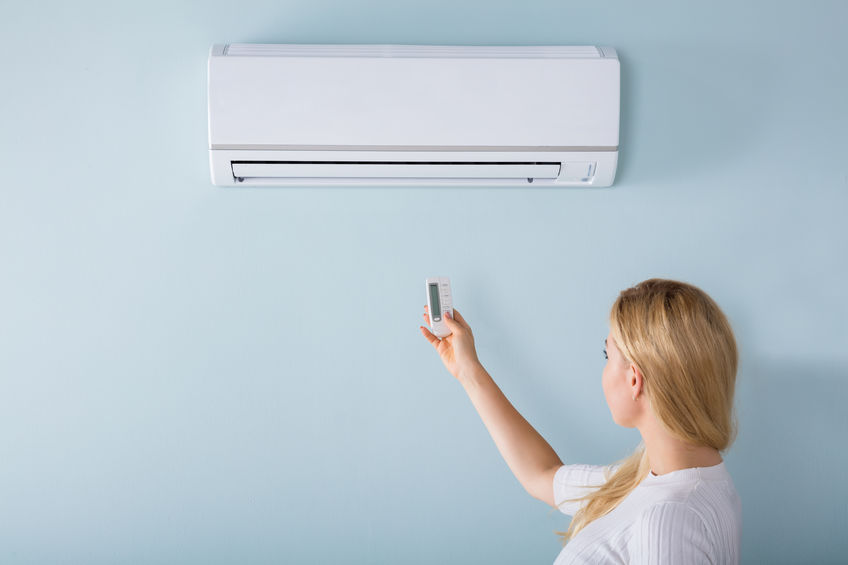
Contact All About Plumbing & Septic for More Information!
Rely on All About Plumbing & Septic for all your AC needs. When you need help with an air conditioner in Hendersonville, Mills River and Asheville, NC, call us. Reach out at 828-778-2425 to get started today.



